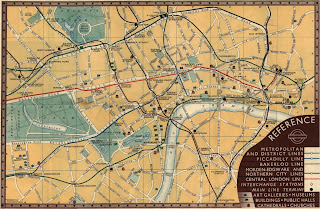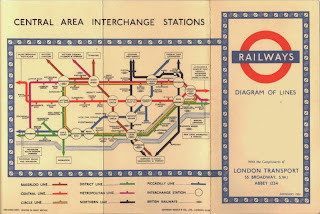CBBC Games
This website is for CBBC which is an online resource for children to play games and learn as they play. This site is for the older children whereas Cbeebies is for younger children. The aesthetics of the site are very stereotypical for the target audience, big bright colours and lots of moving images on each page to grab the attention of the target audience. I want to make my website appeal to children but also quite clean and modern to appeal to the teachers and parents.
Nickelodeon is the most popular children's website online at the moment and like the CBBC website the aesthetics are very stereotypical. Nickelodeon is not as busy and colourful as CBBC which I personally think allows the child to pay more attention to one thing at a time rather than everything at once. I want to adopt this style for my website because I think it is more important to focus on one thing especially for my purpose.
The Horrible Histories has been popular with children for many years and they have a particular signature for their branding, I was slightly surprised at how minimal the website actually is, I expected a busy and cluttered page with lots of things going on. It was a pleasant surprise to me because I favour more minimal web design.
Oxford Owl
For School
For home
Oxford Owl is a website with a section for teachers and for children, they differ significantly which could be quite confusing if a child was trying to access the site at home rather than at school. I do however, like the design of the site for children specifically, I think that the sky as the background makes the page very inviting and also does not take away from the information and links to other pages. The teachers site is very simply and clear which is a positive because it is easy to navigate around.
Nick Jr is for younger children which are not really part of my target audience but I did want to show the site for its background. I think the Oxford Owl background is just the right amount of image to keep the attention of the child on the important part of the site whereas this site has a busy background which I do not think is necessary.



















































